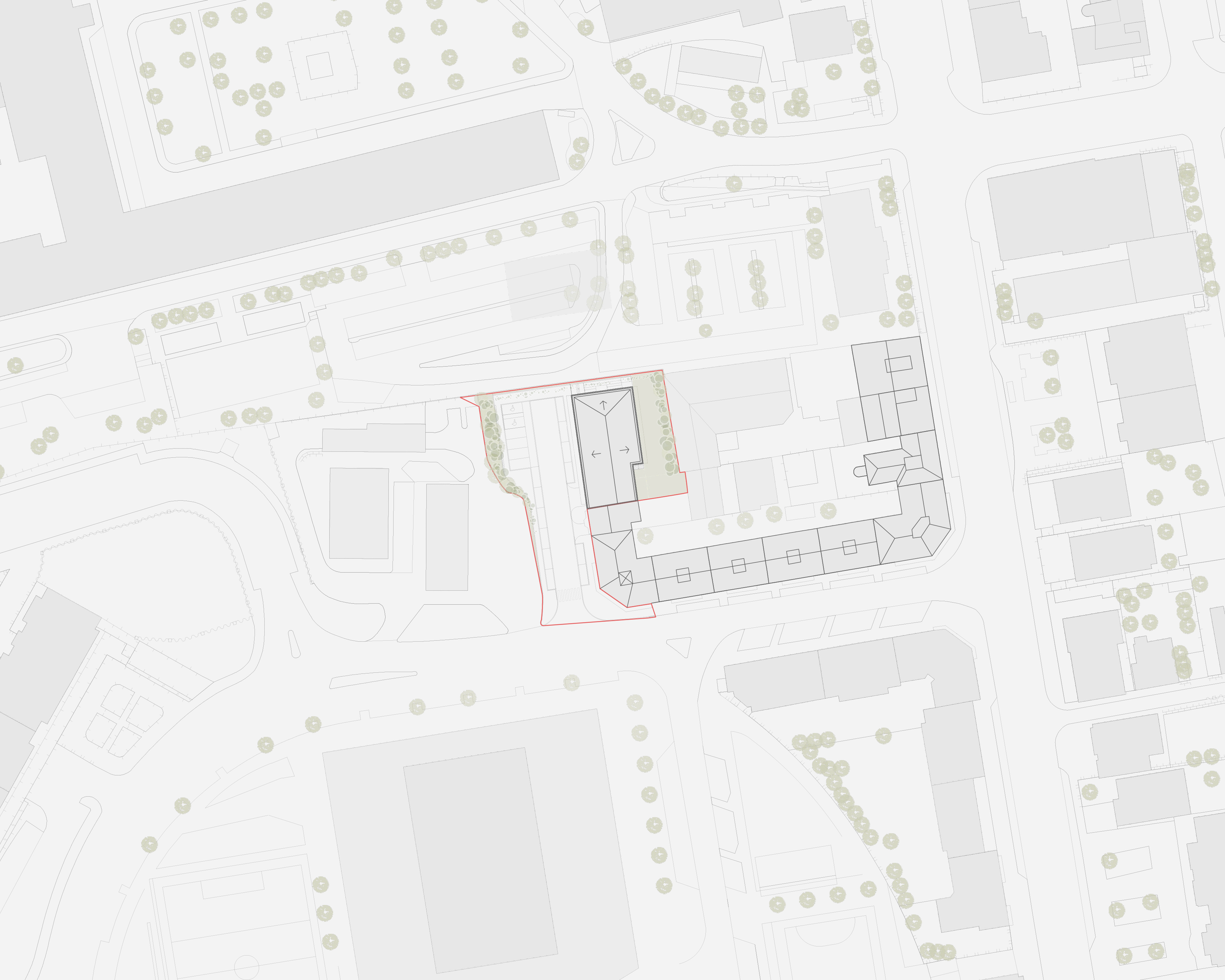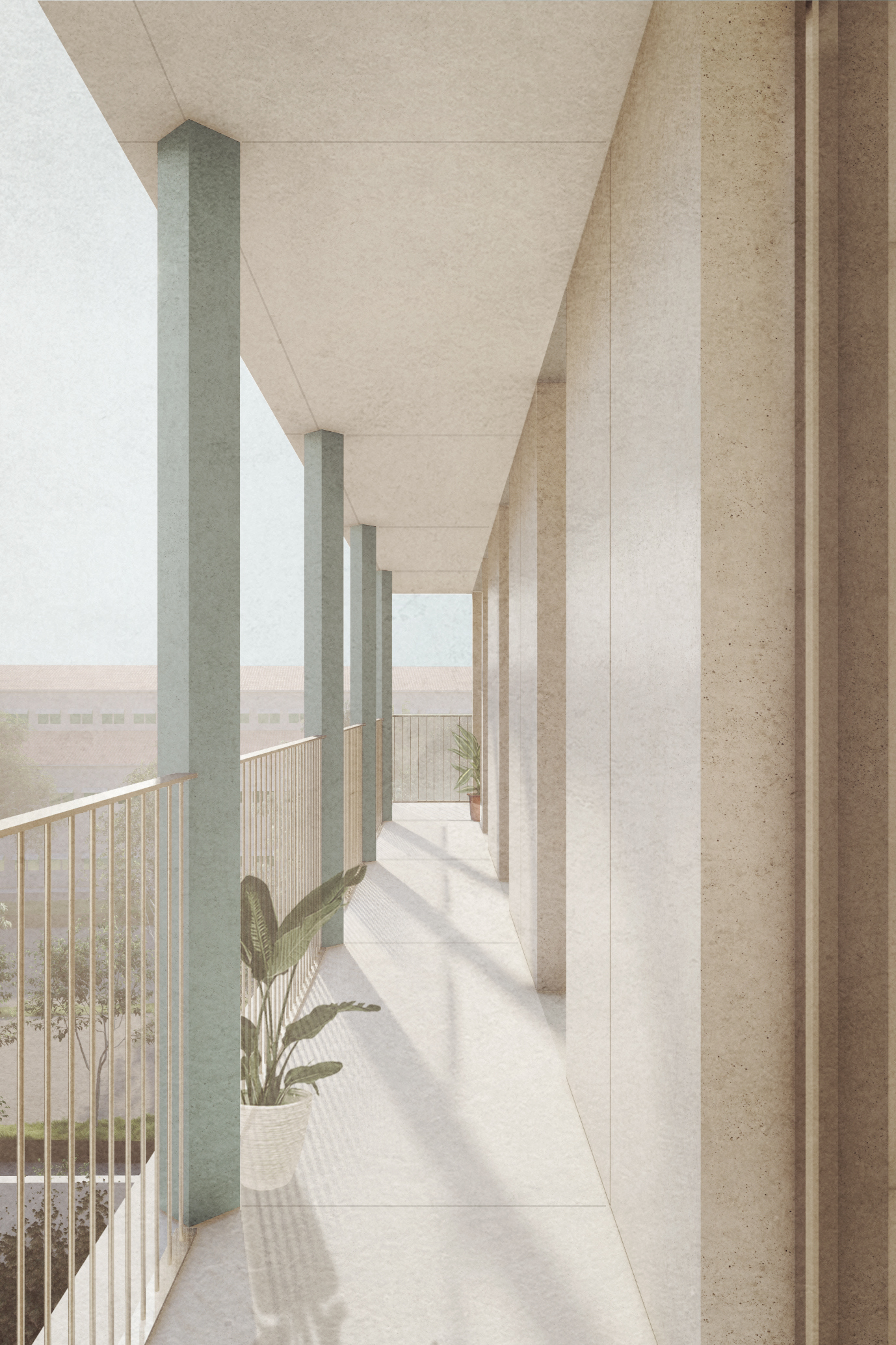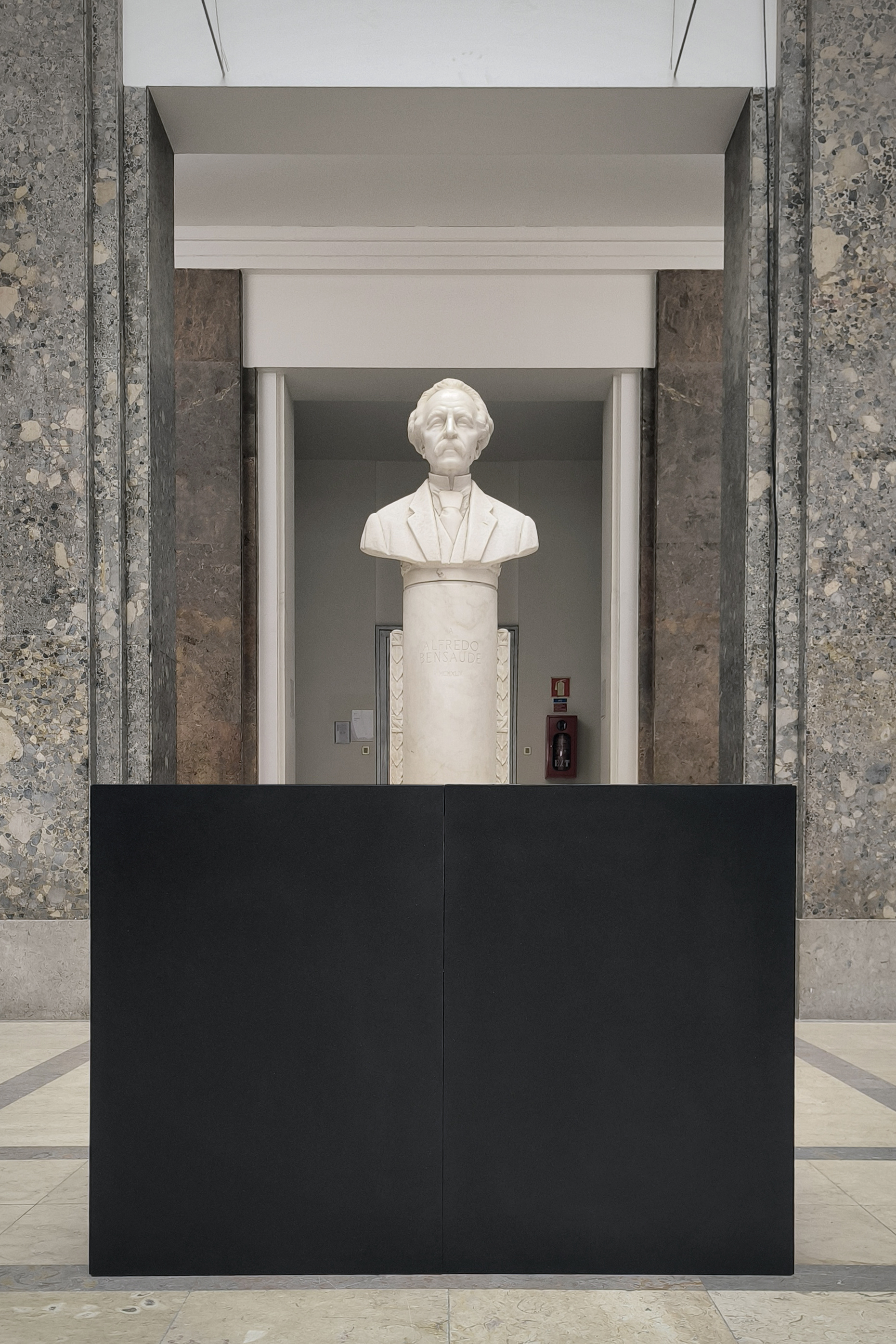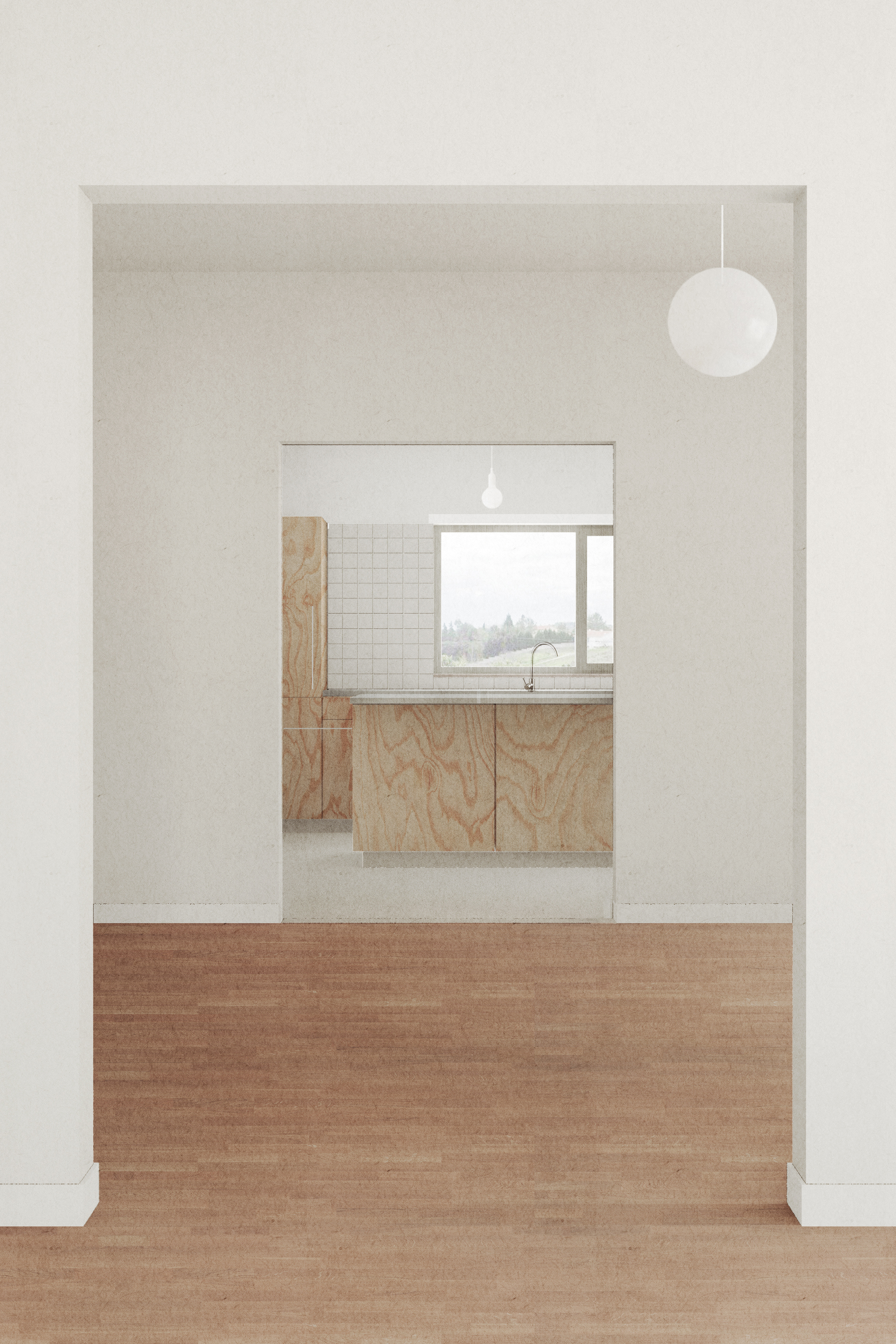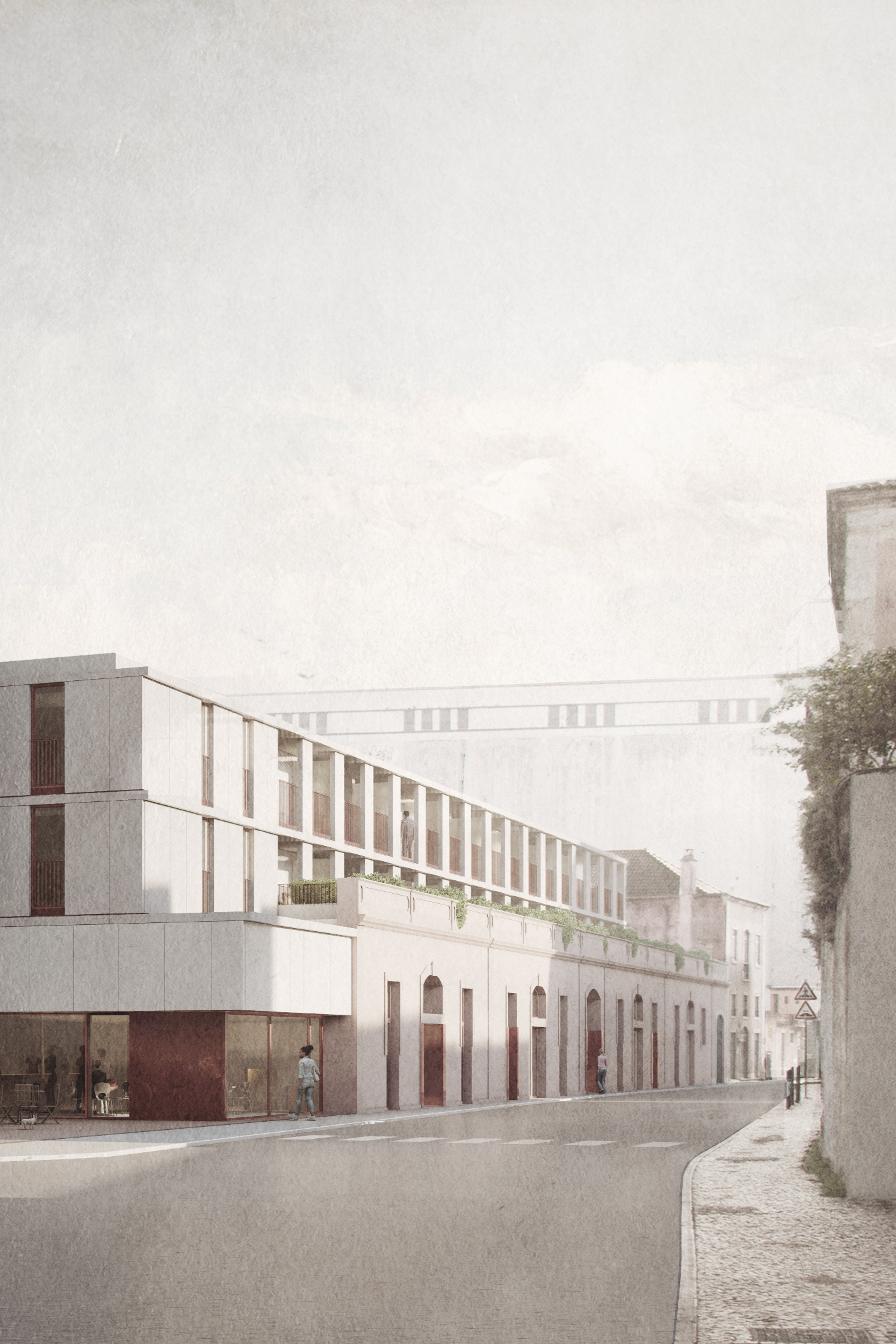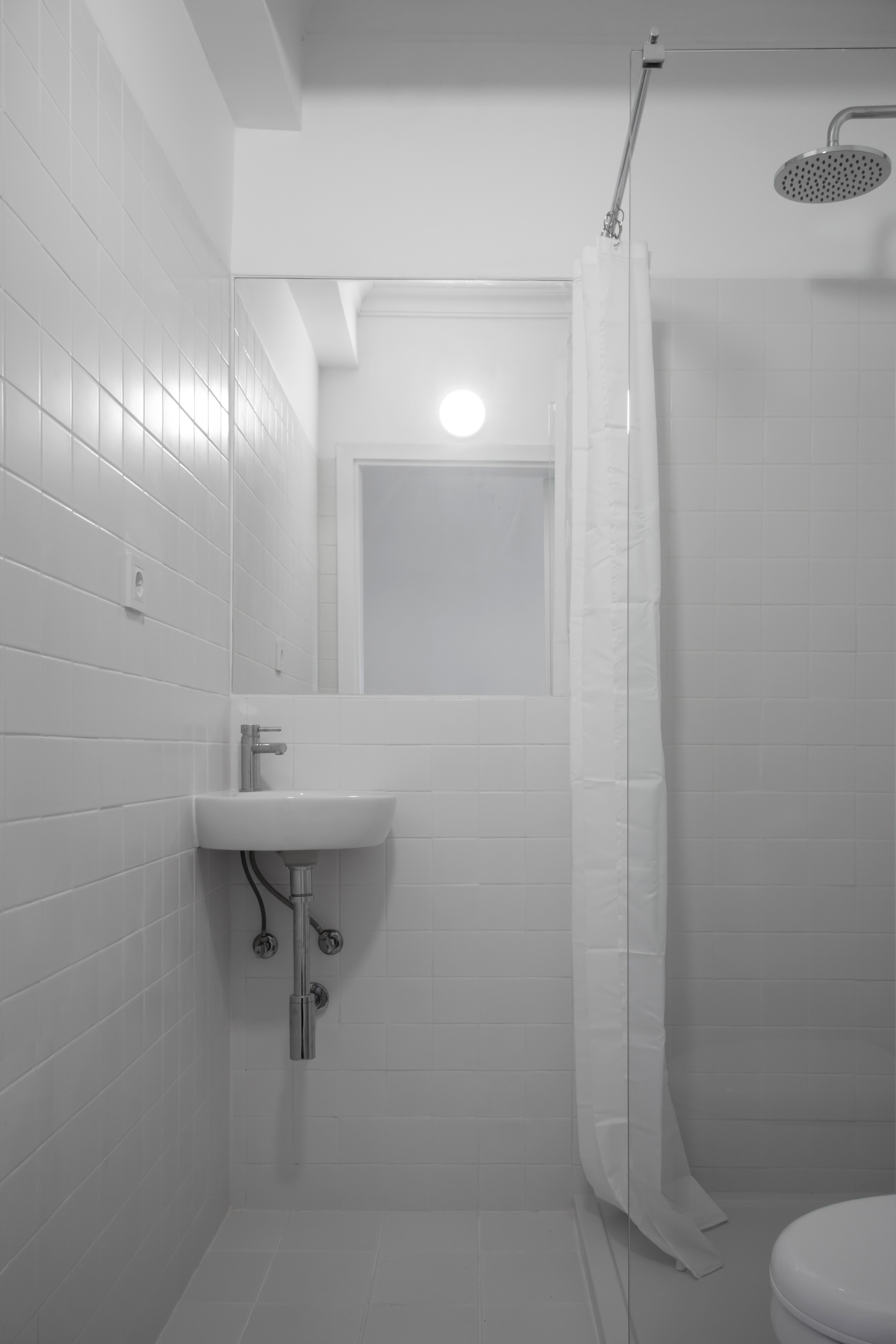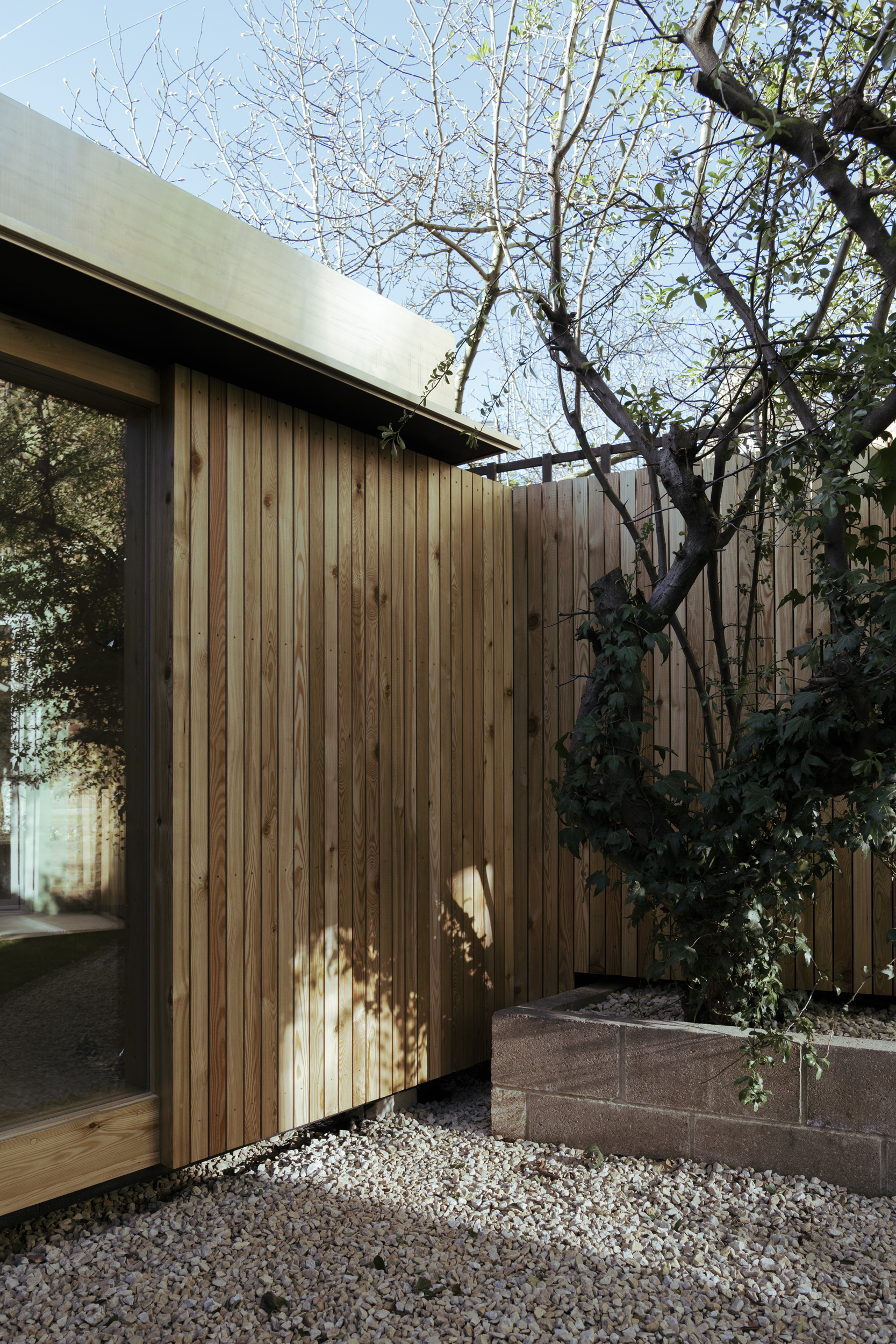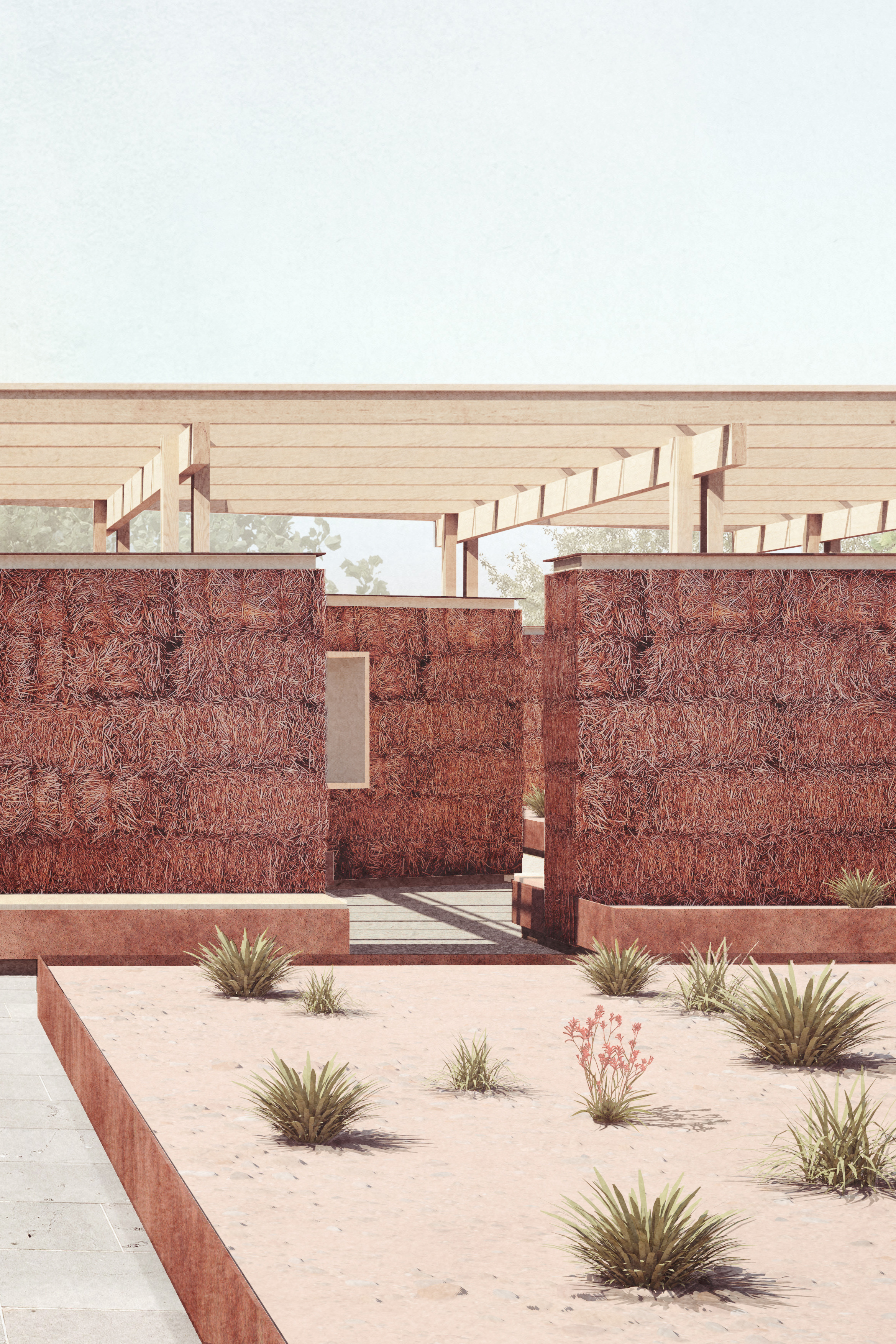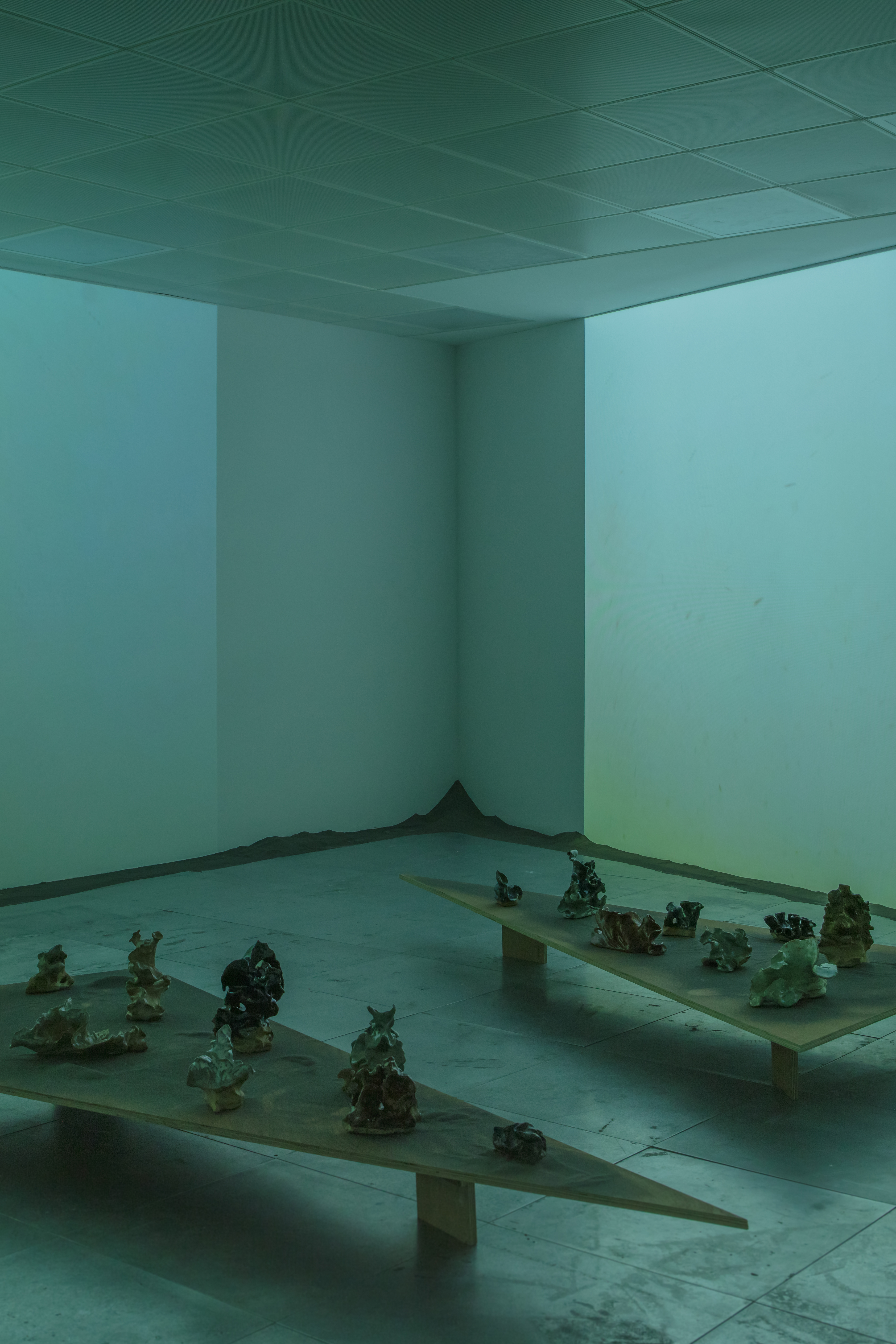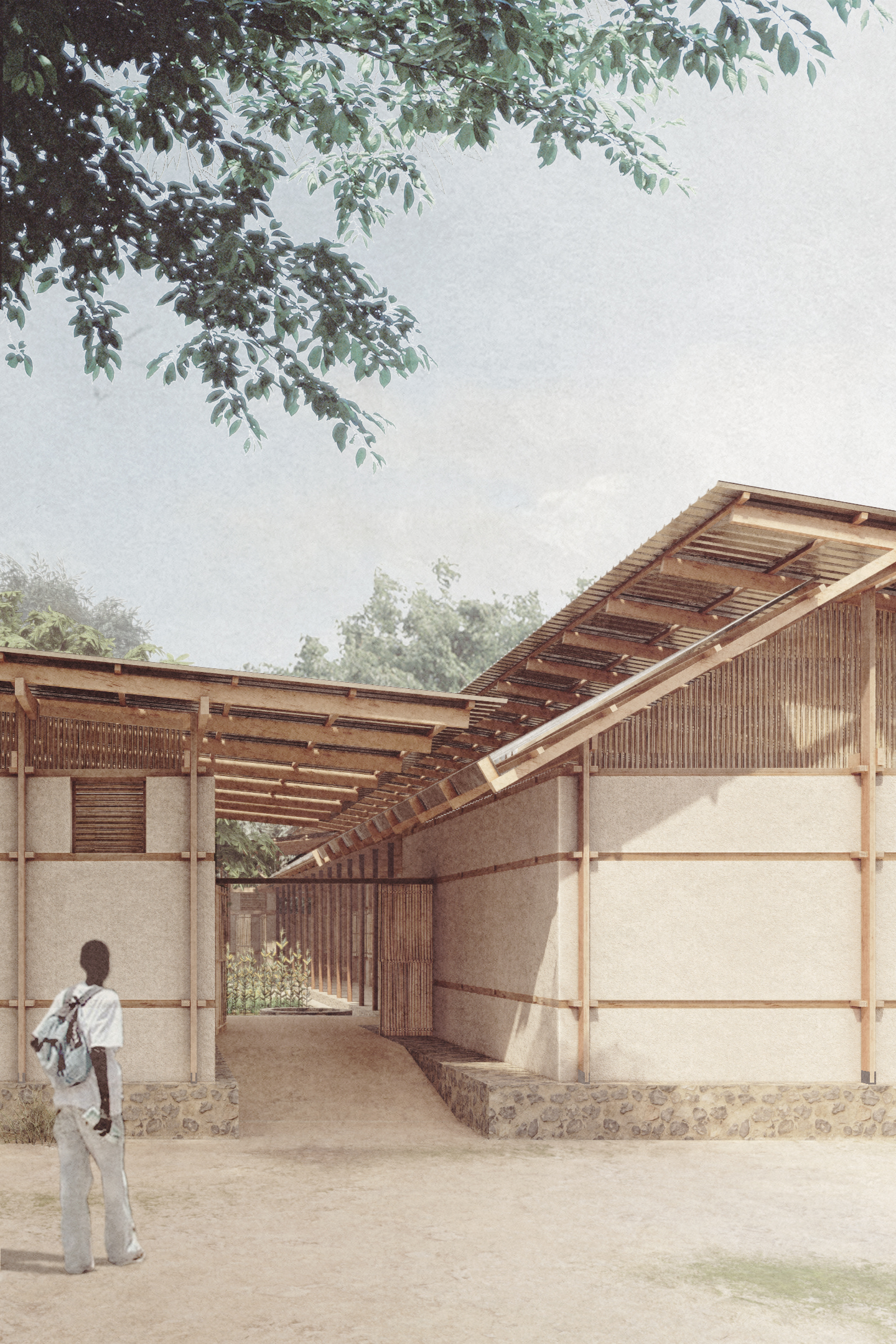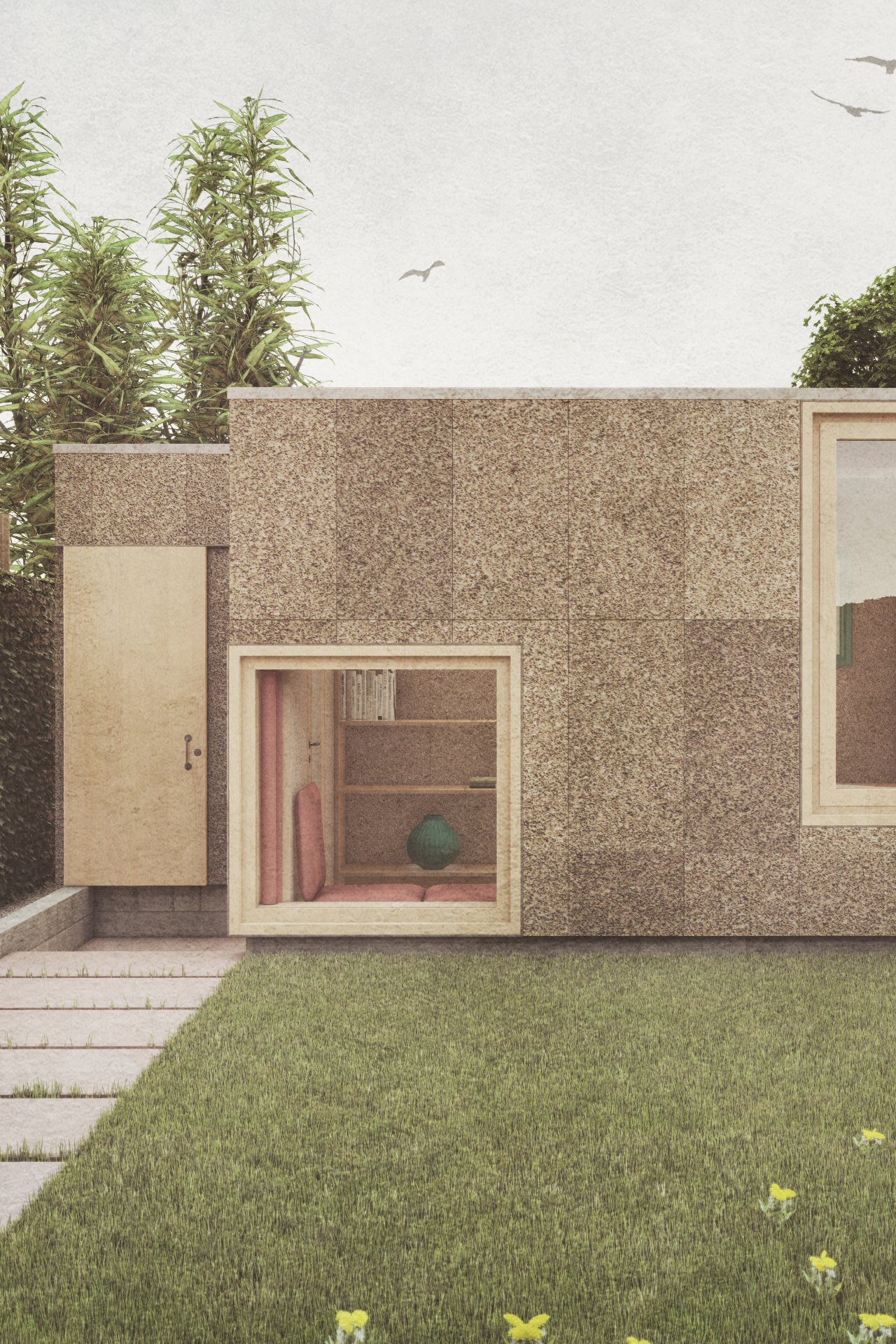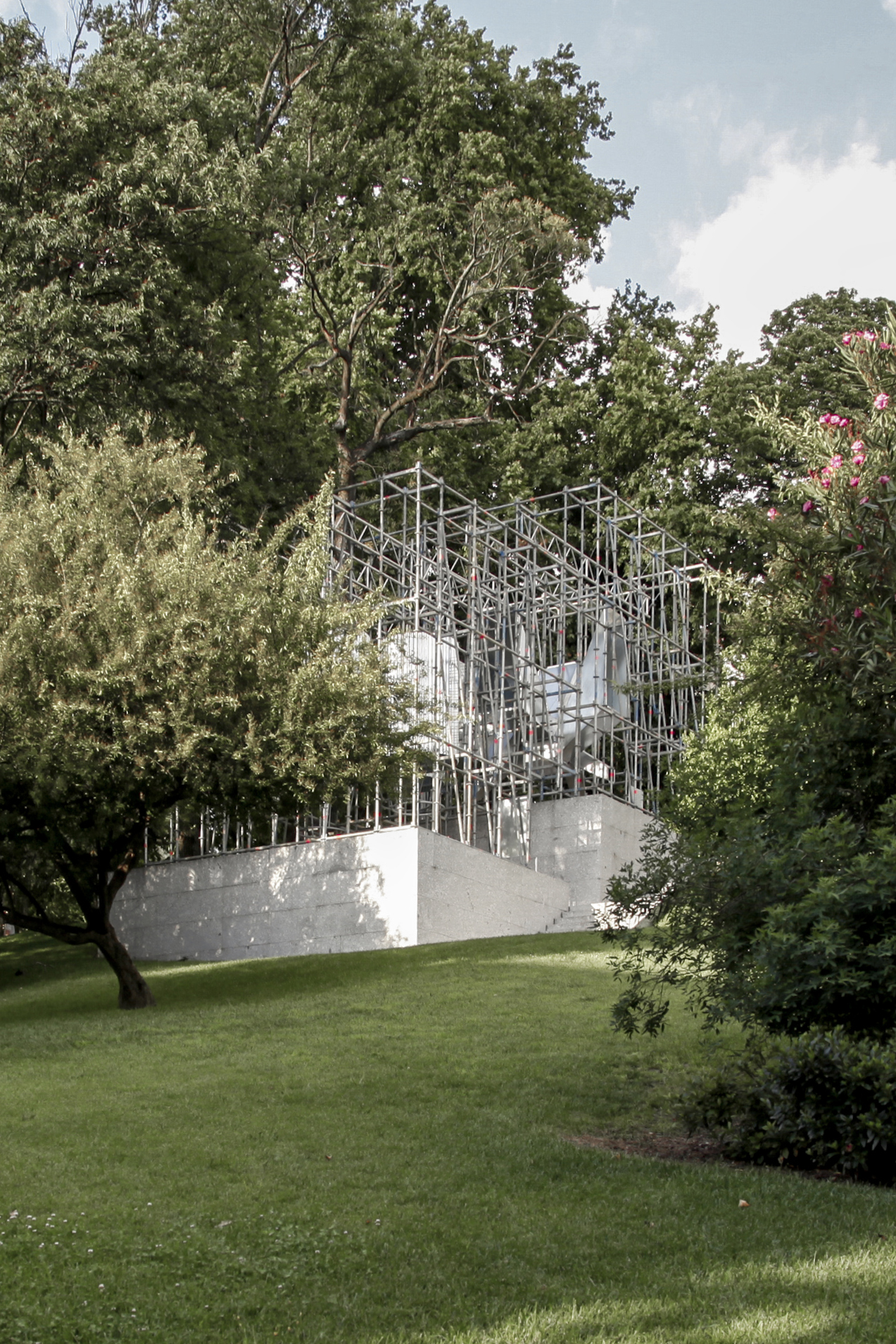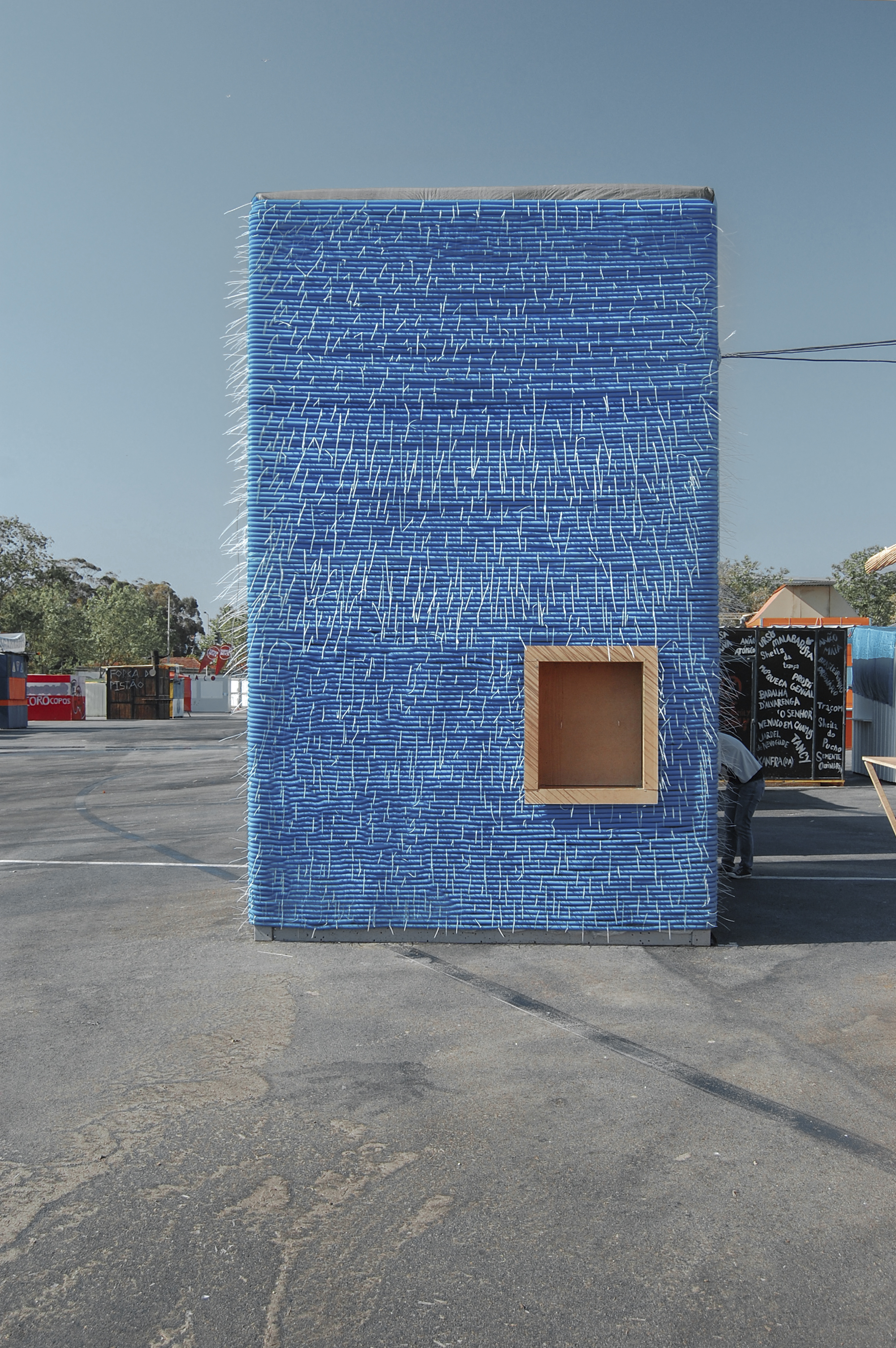Lumiar Housing
2023, PTThe 3 800 m² new building is five storey high with three carpark basement levels, and provides twenty residential units, ranging from one bedroom to three bedroom apartments. Two of the flats can be used as guest accommodation. A series of shared communal spaces and services, as well as a retail unit, activate the ground level.
Location: Lisbon, PT
Type: Residential, mixed use
Status: Competition entry 2023
Client: SRU
Area: 3 800 m²
In collaboration with: António Martins and Rogério Santos de Oliveira



The apartments are configured around a single core, with most planned as dual aspect flats except for the one bedroom apartments. The flats are designed to accommodate the fluid nature of contemporary households. They have full width projecting balconies as an extension of the internal spaces which are thus also connected externally.
The building emanates a sense of modernist abstraction but its relationship to the surrounding constructions and proposed streetscape is intended to be attentive and purposeful. The rear garden courtyard can be entered from the street via passages through the building's ground floor and is permeated by the community functions, such as laundrette, workshop, multi-purpose hall and library. The shared vegetable garden and orchard contribute further to the fostering of a sense of neighbourliness.
The main structure is reinforced concrete, with the outer façades and balconies made in white and grey precast concrete components. The columns of turquoise precast concrete add an ornamental character to the composition and give the building a scale and detail that is appropriate to the proportions of the street. The design prioritizes the use of low maintenance materials, the repetition of standard components, as well as off-site prefabrication. The provision of adequate infrastructure for the use of renewable energy sources follows an overall strategy towards building economically and sustainably.
The building emanates a sense of modernist abstraction but its relationship to the surrounding constructions and proposed streetscape is intended to be attentive and purposeful. The rear garden courtyard can be entered from the street via passages through the building's ground floor and is permeated by the community functions, such as laundrette, workshop, multi-purpose hall and library. The shared vegetable garden and orchard contribute further to the fostering of a sense of neighbourliness.
The main structure is reinforced concrete, with the outer façades and balconies made in white and grey precast concrete components. The columns of turquoise precast concrete add an ornamental character to the composition and give the building a scale and detail that is appropriate to the proportions of the street. The design prioritizes the use of low maintenance materials, the repetition of standard components, as well as off-site prefabrication. The provision of adequate infrastructure for the use of renewable energy sources follows an overall strategy towards building economically and sustainably.
